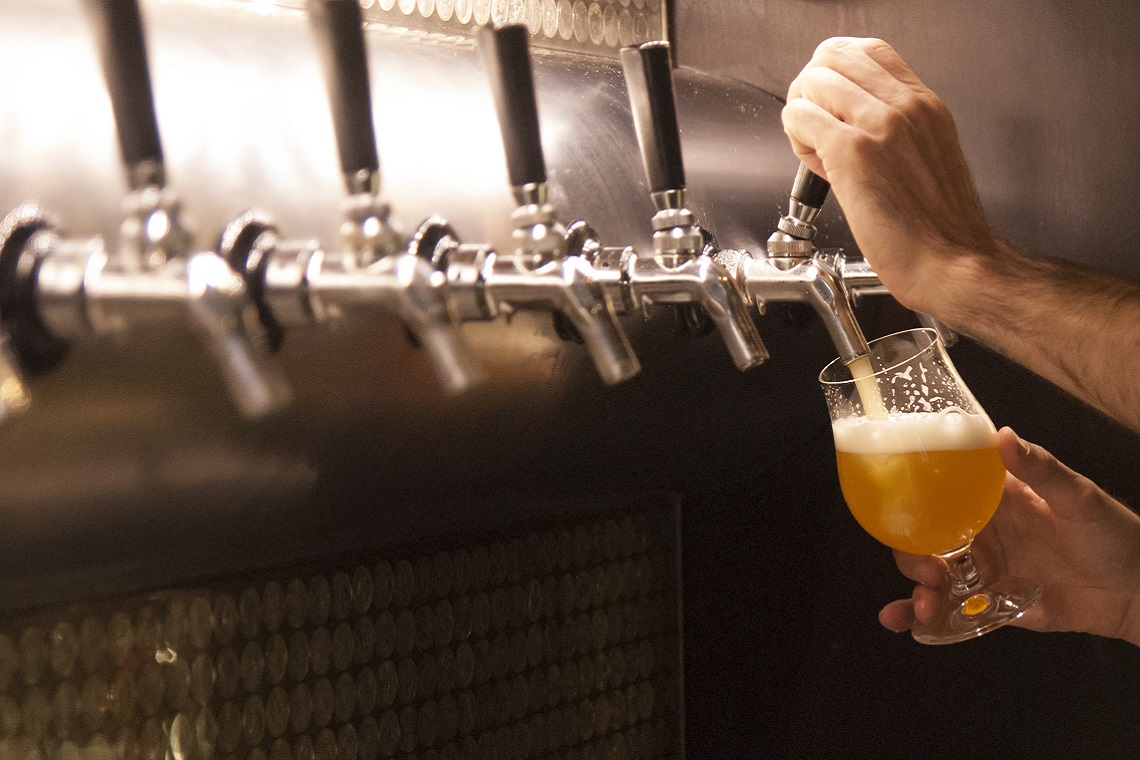Venue doors are closed and while some takeaway options are available – don’t forget about growlers – most will have to shut down at least some beer lines.
Barons Beverage Services (BBS) has contacted Australian Hotelier, to remind publicans and venue managers of the huge importance of shutting down beer dispense systems properly to avoid infections in your system.
It is crucial you do not leave any beer in your lines, lactobacillus pediococcus is an infection which is very hard to get rid of. It will live in seals and plastics in your system and will require you to replace all seals and sterilise all parts otherwise your beer will always taste off.
BBS highlighted a full shut down procedure:
“Firstly, shut off your glycol chiller to avoid freezing the lines.
Whilst always adhering to safety precautions using adequate PPE and signage you will need to perform a standard beer line clean as you normally would within your venue.
We have been recommending where possible to increase your chemical dosage to 2 x strength when using a liquid type cleaning agent.
- Please make sure you don’t do this with powder cleaner as you risk the powder solidifying again in the line if the concentration is too high and this will cause a blockage.
During your beer line clean you need to ensure you are removing all visible evidence of build-up in your lines and FOB detectors if they are installed in your system. You may need to do back to back beer line cleans to ensure there is nothing left in the system. Beer line cleaning should remove both yeast and beer stone or organic build up which can build up in your system over time if not cleaning correctly. If you have a film left over inside the fob detectors this generally tells you that either the chemical you are using is not designed to target both yeast and beer stone, or you haven’t been cleaning frequently enough. Try your best to get rid of all of this build up.
- Leaving this in your system will put you at risk of infection.
- Lines that are discoloured even after a beer line clean should be cleaned again to remove the build-up. You may require a stronger chemical than the one you are currently using. But please make sure you use adequate PPE as the stronger chemicals are caustic.
Once you have completed the chemical dosage and flushing of the lines with water, you will need to blow your lines dry with CO2 or whatever gas your system is using. This can be done by removing the water line and plugging in the gas and opening the taps to remove as much water as possible. You really want to make sure you get as much as you can out as the bacteria in water can cause a mouldy growth & taste in the beer lines if left sitting for an extended period of time. Leave the lines charged with the gas you are using as this will deplete the lines of oxygen and slow down bacterial growth.
- For this reason we recommend once a month, flushing the lines with fresh water and blowing the lines dry again where possible to protect your beer lines during the shutdown period. For those of you with an undercounter system, this additional step is not necessary as your lines are easily replaced. Upon completing your beer line clean and blowing the lines dry you can now turn off your gas bottle. For those of you with a beer pump system, you can turn the power off to your air compressor, and check that your glycol chiller is still turned off.
During your beer line clean it is standard practice to soak your taps and couplers in chemical. Make sure you have done this during your last line clean and then rinse, as these two areas are major areas for build-up of yeast and infections. Store your taps and couplers in a clean bucket in your cool room if possible.”

